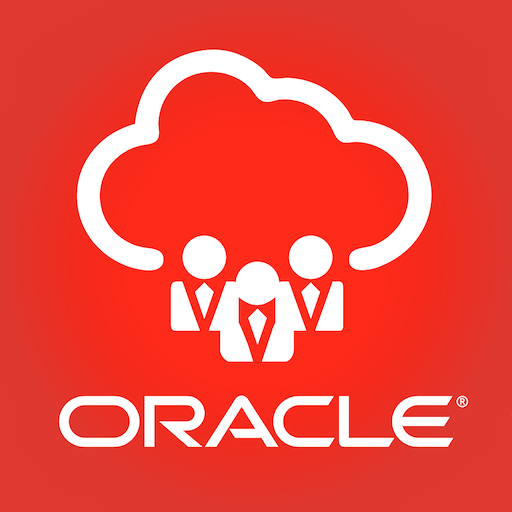Description
Introduction of FinOps Framework
FinOps Framework: Driving Financial Accountability in the Cloud focuses on the structured implementation of FinOps principles to achieve cost transparency, accountability, and efficiency in cloud operations. This course provides a step-by-step understanding of the FinOps framework, covering lifecycle phases, governance, and best practices for managing cloud spending effectively. Participants will learn to foster cross-functional collaboration and implement robust financial management practices.
Prerequisites
- Basic knowledge of cloud platforms and services (AWS, Azure, or Google Cloud).
- Familiarity with cloud billing models and pricing structures.
- An understanding of financial or operational management principles.
Table of Contents
- Introduction to the FinOps Framework
1.1 What is FinOps?
1.1.1 Definition and Core Principles
1.1.2 Importance of Financial Accountability in the Cloud
1.2 Key Stakeholders in FinOps
1.2.1 Roles and Responsibilities
1.2.2 Collaboration Between Teams - Building a FinOps Practice
2.1 Establishing a FinOps Team
2.1.1 Identifying Key Participants
2.1.2 Assigning Roles and Objectives
2.2 Defining Objectives and Key Results (OKRs)
2.2.1 Setting FinOps Goals
2.2.2 Measuring Success with Metrics - The FinOps Lifecycle
3.1 Inform Phase
3.1.1 Achieving Cloud Cost Transparency
3.1.2 Tools for Analyzing Cloud Spend
3.2 Optimize Phase
3.2.1 Identifying Cost-Saving Opportunities
3.2.2 Implementing Resource Optimization Strategies
3.3 Operate Phase
3.3.1 Continuous Monitoring and Governance
3.3.2 Adjusting Processes Based on Feedback - Cost Allocation and Accountability
4.1 Establishing Tagging and Labeling Standards
4.1.1 Benefits of Proper Tagging(Ref: Mastering FinOps: Cloud Financial Management for Enterprises)
4.1.2 Common Challenges and Solutions
4.2 Chargeback and Showback Models
4.2.1 Allocating Costs to Teams
4.2.2 Driving Accountability Through Reporting - Tools and Automation in FinOps
5.1 Overview of Cloud-Native Tools
5.1.1 AWS Cost Explorer and Budgets
5.1.2 Google Cloud Cost Management Tools
5.2 Third-Party FinOps Platforms
5.2.1 Features and Capabilities
5.2.2 Comparing Popular Tools - Governance and Compliance
6.1 Setting Financial Governance Policies
6.1.1 Establishing Spend Limits
6.1.2 Defining Accountability Protocols
6.2 Ensuring Regulatory Compliance
6.2.1 Industry Standards for Cloud Financial Management
6.2.2 Risk Mitigation Strategies - Best Practices for Implementing FinOps
7.1 Scaling FinOps in Multi-Cloud Environments
7.1.1 Addressing Complexity in Multi-Cloud Setups
7.1.2 Tools for Unified Cloud Cost Management
7.2 Building a Cost-Conscious Culture
7.2.1 Training and Awareness Programs
7.2.2 Encouraging Data-Driven Decisions - Real-World Applications and Case Studies
8.1 Successful FinOps Implementations
8.1.1 Industry Use Cases
8.1.2 Lessons Learned from Enterprise Deployments
8.2 Overcoming Implementation Challenges
8.2.1 Common Pitfalls
8.2.2 Strategies for Sustainable Practices - Future of FinOps
9.1 Innovations in Cloud Financial Management
9.1.1 Role of AI and Machine Learning
9.1.2 Predictive Analytics for Cost Management
9.2 Preparing for Emerging Trends
9.2.1 Evolving Cloud Pricing Models
9.2.2 FinOps in Edge and Serverless Computing
Conclusion
By adopting the FinOps Framework, organizations can transform their approach to cloud financial management. This course empowers participants to implement effective strategies, foster accountability, and ensure that cloud spending aligns with business goals. Through collaboration, transparency, and optimization, FinOps drives lasting financial efficiency and value.







Reviews
There are no reviews yet.